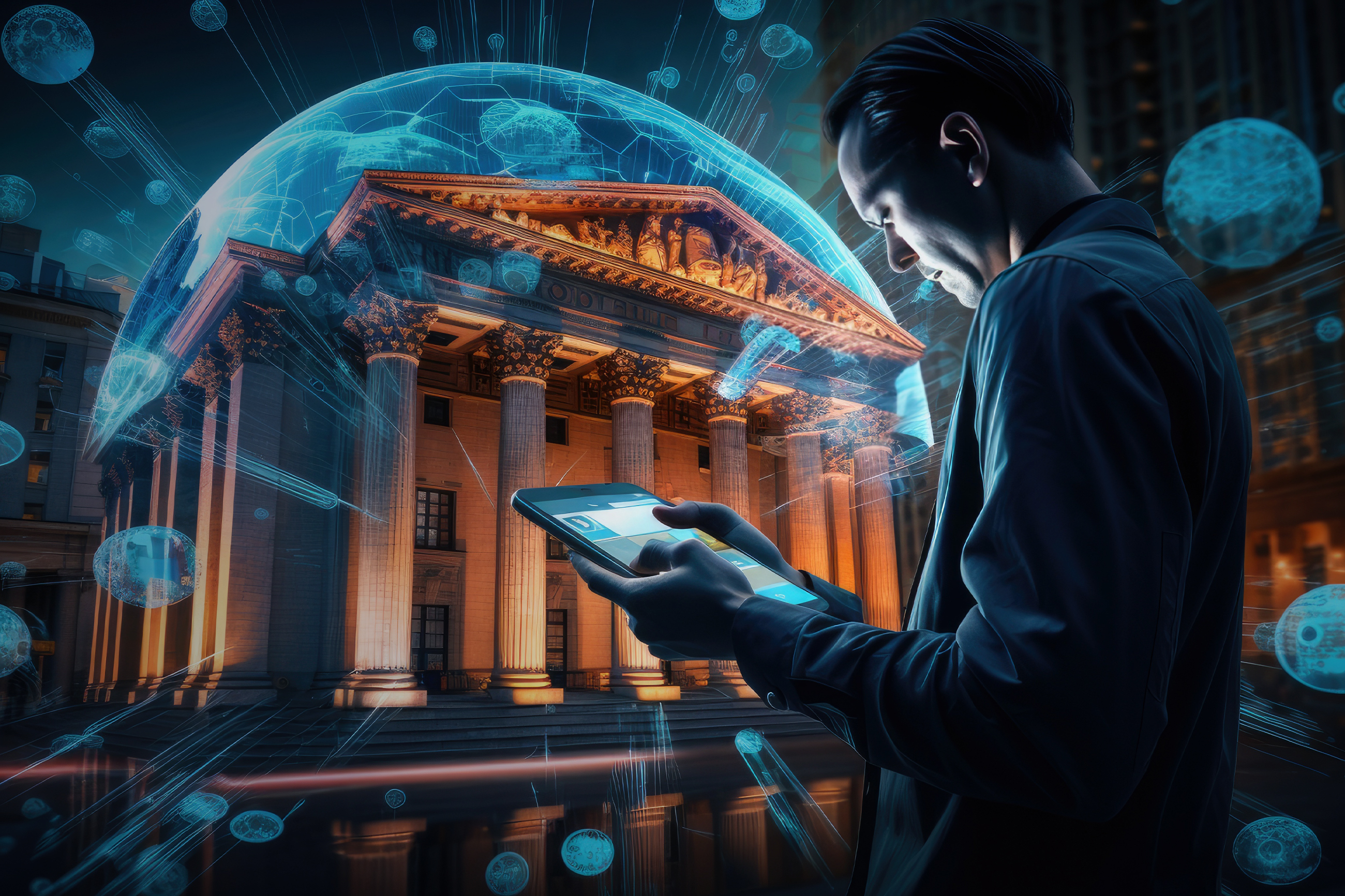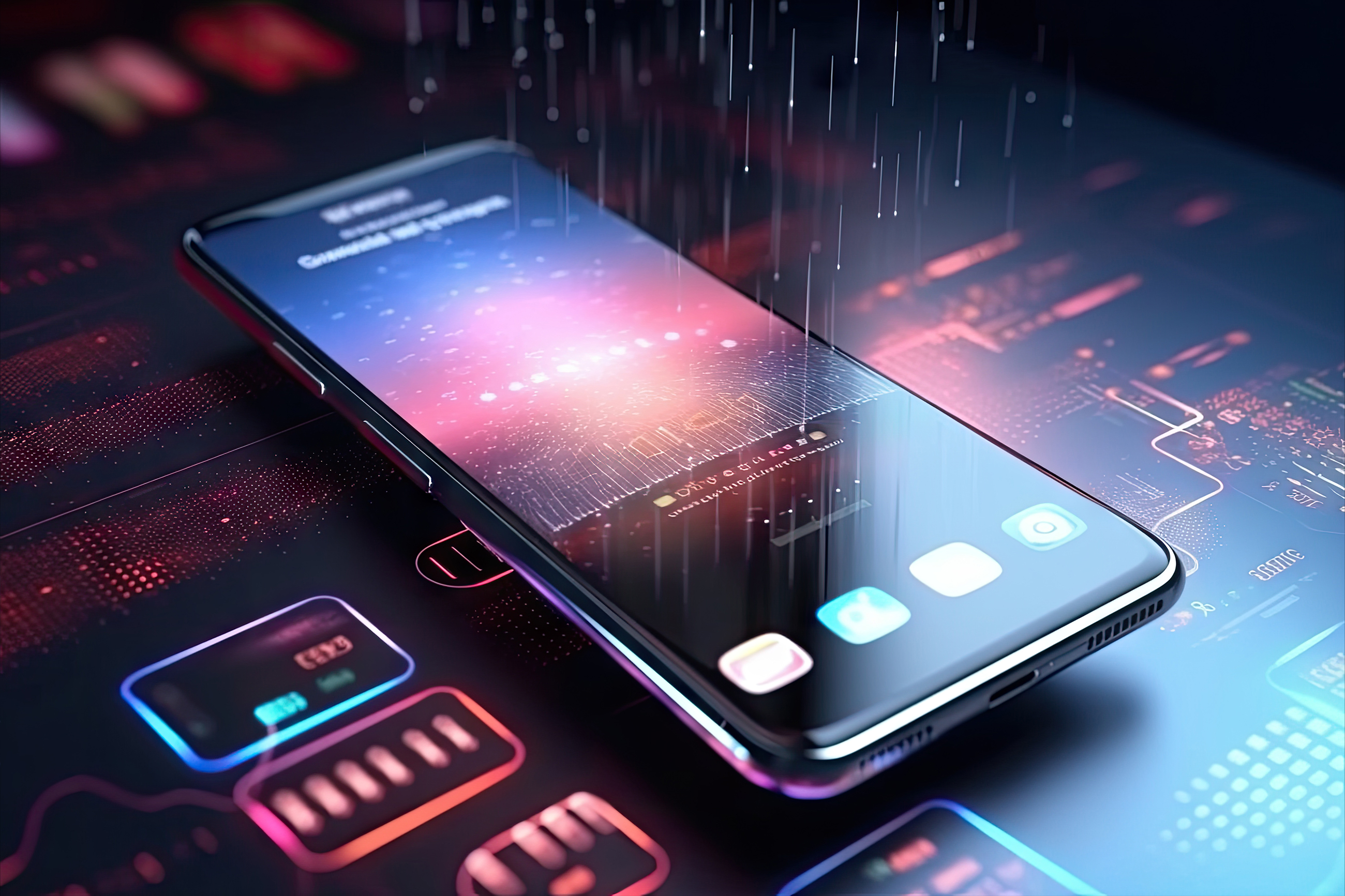



Software development is on the brink of a revolution thanks to generative AI. It now has the ability to create intricate and precise lines of code, facilitate API integrations, conduct thorough code testing and analysis, and execute a multitude of functions that ultimately supercharge the software development process. Already, 1.2 million developers rely on AI to generate code and save time. Gartner predicts that by 2025, 80% of the product development life cycle will leverage generative AI.
Generative AI holds the promise of speeding up software development and enhancing developers' productivity, but it's not without its share of security concerns. A recent security assessment of code generated by GitHub Copilot, for instance, shed light on the issue. The assessment uncovered that more than 40% of the top AI recommendations and a significant 40% of all AI-generated suggestions actually introduced code vulnerabilities. Surprisingly, it also highlighted that even a minor alteration in a comment could have a substantial impact on the security of the code.
Let's dive into how developers can overcome this challenge.
Security Concerns in Using Generative AI
1. Use AI to Perform Unit Tests and Code Reviews
AI can be the perfect antidote to improve software security. Developers can use it to perform unit tests and code reviews. According to GitLab's 2022 DevSecOps survey, 31% of respondents were already using AI and ML as a part of code review.
With AI tools, developers can analyze the codes and identify vulnerabilities early. This improves the code's quality and the software product's overall security. AI tools can also help generate unit tests to ensure the code works as expected. They can create test cases, automate the creation of unit tests, and speed up testing workflows. This helps automate and improve the overall testing process.
2. Minimize Data Loss
According to Foundry's research, over 69% of employees in an enterprise use generative AI actively. IT leaders worry that employees might inadvertently share sensitive and confidential data through AI prompts. This leads to issues like copyright concerns, privacy violations, and data breaches. It could even erode the customer's trust and damage the company's reputation.
Companies need to take proactive measures to minimize data loss. They can do that by creating a custom front-end that bypasses the application layer and interfaces directly with the chat language model API, building isolated sandboxes for data consumption, and adding filters to sandboxes to prevent data leakage.
Experts recommend building trust by designing and maintaining systems and keeping sensitive information under direct company control to prevent sensitive data from being shared with hosted services.
3. Prepare Developers for Jailbreaks
A joint study by Trend Micro, Europol, and UNICRI revealed that threat actors use generative AI tools to generate specialized functions, which they integrate with malware to commit cybercrimes. Another study showed that ethical hackers could easily jailbreak AI tools like Google's Bard and OpenAI's ChatGPT.
Researchers fear that methods like prompt injection (where the model is directed to provide incorrect or harmful responses) could increase and be used for malicious purposes. Companies must not undermine these threats and prepare developers to address jailbreaks and emerging threats like prompt injection. One way to do that is by encouraging developers to design strong security measures to protect the AI models from vulnerabilities.
4. Build Controls and Protections throughout the Software Lifecycle
safeguard the various AI tools and platforms. Google, for instance, has implemented secure-by-default measures for AI platforms. They have also integrated controls and safeguards throughout the software development lifecycle to prevent exposure to vulnerabilities at any stage. Such a holistic approach to security establishes thorough AI risk management in the software development process.
5. Improve Training Data Sets and Models Based on Incidents and Feedback
Data is at the core of large language models used in generative AI. Thus, the training data sets used to train the AI model must be devoid of copyright infringement, plagiarism, bias, and manipulation. Companies must also evaluate, measure, and monitor the training data to eliminate all potential risks.
Additionally, they must regularly update the training data and fine-tune AI models based on security incidents and user feedback to improve the software's security and prepare it for sophisticated security threats.
How Can Developers Tackle the Challenges of Generative AI?
The potential of generative AI to transform software development is undeniable. It improves the developer's productivity and accelerates the development process. It provides much-needed assistance to stay innovative, delight customers, and gain a competitive advantage. Companies can no longer ignore its value. However, it's essential to acknowledge the rising concerns about data and security breaches and jailbreaks due to exposure to vulnerabilities.
However, these risks should not deter developers from using AI to develop software.
AI platforms like Xoriant's ORIAN can help companies use AI to build solutions that can transform business without worrying about its security. ORIAN simplifies tasks such as handling unstructured documents, managing scattered knowledge sources, scaling operations, and ensuring ethical and responsible AI practices are followed.
By embracing AI platforms like ORIAN and implementing security best practices, companies can tap into their potential and achieve improved outcomes without compromising security. To know more about building safe software solutions using AI, contact us.






 View Previous Blog
View Previous Blog





